I’ve been doing some reading recently about the origins and history of photography – particularly wildlife photography, of course. It’s pretty interesting stuff! I thought I’d share some of the cool things I’ve been reading about. This post is all pretty early history, but hopefully I’ll get around to writing about more recent history too.
30,000-year-old paintings of lions found in Chauvet Cave in France. Image from DRAC Rhone-Alpes, Ministere de la Culture / AP Images, via Smithsonian Magazine.
Wildlife photography is simultaneously a very new and a very old art form. Photography has been around for less than 200 years, a tiny blip on the human timeline. But people have been producing images of animals for as long as we’ve had artistic inclinations. The world’s oldest artworks are cave paintings of animals. Ancient myths and stories are full of references to animals, and artwork throughout all periods of history shows animals. We’ve always been fascinated with wildlife, even if we had no concept of “wildlife” until the early 20th century. In western cultures, wild animals were considered to be simply a part of nature, rather than their own distinct group. But Louis Daguerre, who invented one of the earliest photographic methods in 1839, described the daguerreotype as, “an instrument which serves to draw nature.”
Piscator No. II, by John Dillwyn Llewelyn, 1856, via the Metropolitan.
Deer Parking, by John Dillwyn Llewelyn, 1852, via Tanguay Photo.
In Victorian times, photography of “nature” became popular. But because exposure times were several minutes long, it was impossible to capture images of moving elements, so many photos were staged. Photographing a live, wild animal would have been completely out of the question. A dead and preserved animal, however, would have completed a nature composition very nicely. One of the earliest known photos of an animal, taken in 1856 by John Dillwyn Llewelyn, is of a heron standing in a pond. The heron is appears to be alive, but it was actually a preserved specimen that was posed for the image. Obviously, Llewelyn was unable to convince a live heron to stand perfectly still for a 20-minute exposure. Llewelyn had actually attempted a similar nature photo with a stuffed deer a few years earlier, but because it was a poor taxidermy job, the deer doesn’t look natural, and therefore, neither does the photo. In any case, these early attempts helped to jump-start people’s interest in what we now know as wildlife photography.
Early flash photography of wild deer by George Shiras III, published in National Geographic in 1906, via PetaPixel.
As cameras got better and camera flashes were invented, exposure times decreased and people were able to capture images instantaneously. Half a century after Llewelyn composed his nature scenes, photographer and early conservation advocate George Shiras III took advantage of the improving technology and set up early camera traps, which would be set off by animals triggering trip wires. He also came up with new methods of approaching wild animals so he could photograph them. He was the first person to photograph wildlife at night, and several of his photos were published in 1906 in a little publication you may have heard of: National Geographic. Two members of the board were apparently disgusted that their magazine was becoming a “picture book,” and resigned in protest. Shiras became a board member himself a few years later, and National Geographic became world famous for photography.
The sources I used for this post include this essay by Matthew Brower, and John Berger’s classic piece Why Look at Animals? from the anthology About Looking. I also referred to this article by Michael Zhang on PetaPixel, as well as a paper by J. Seppanen and E. Valiverronen published in the journal Science as Culture.
